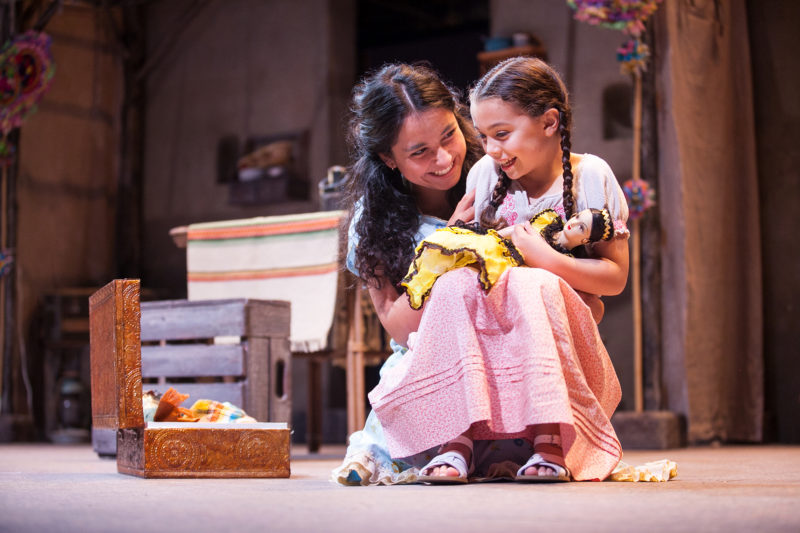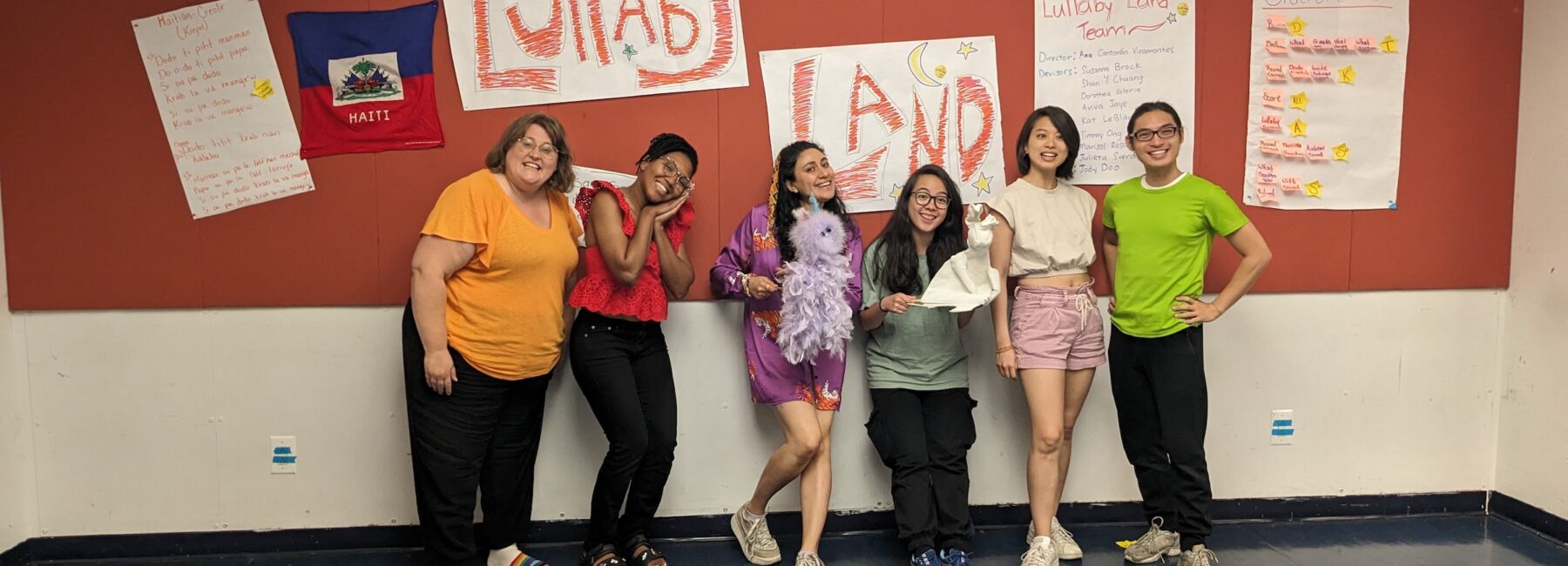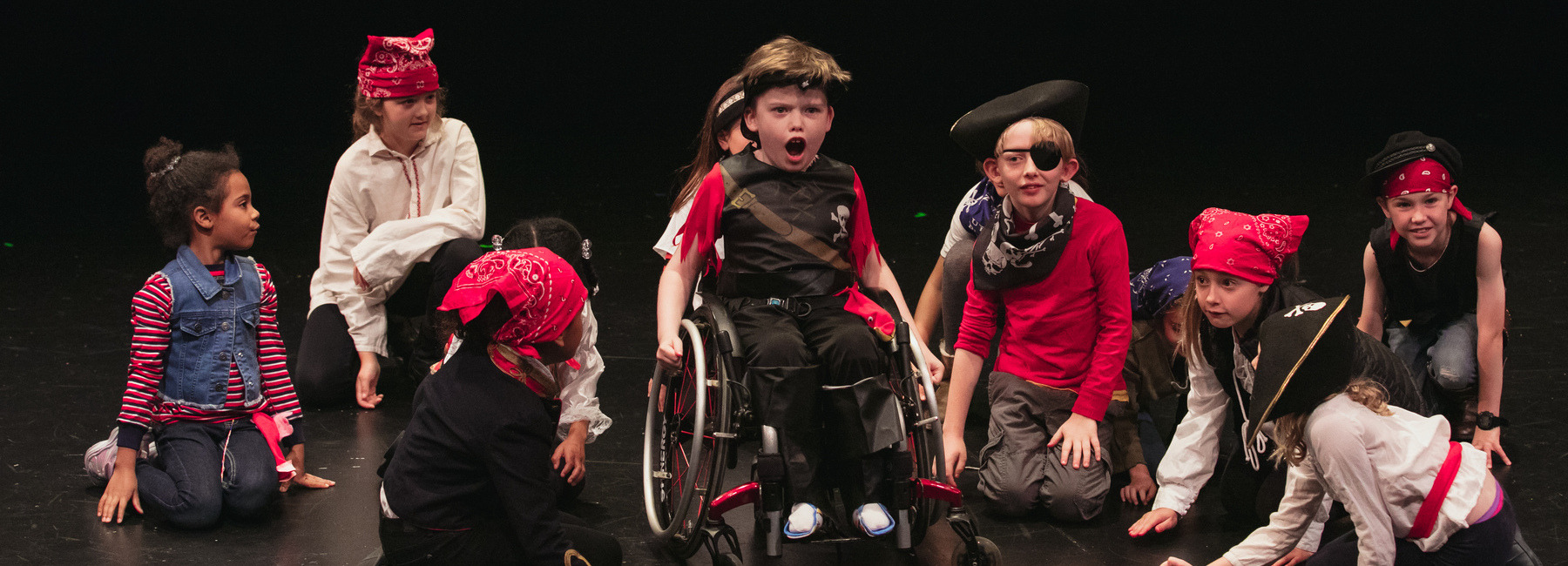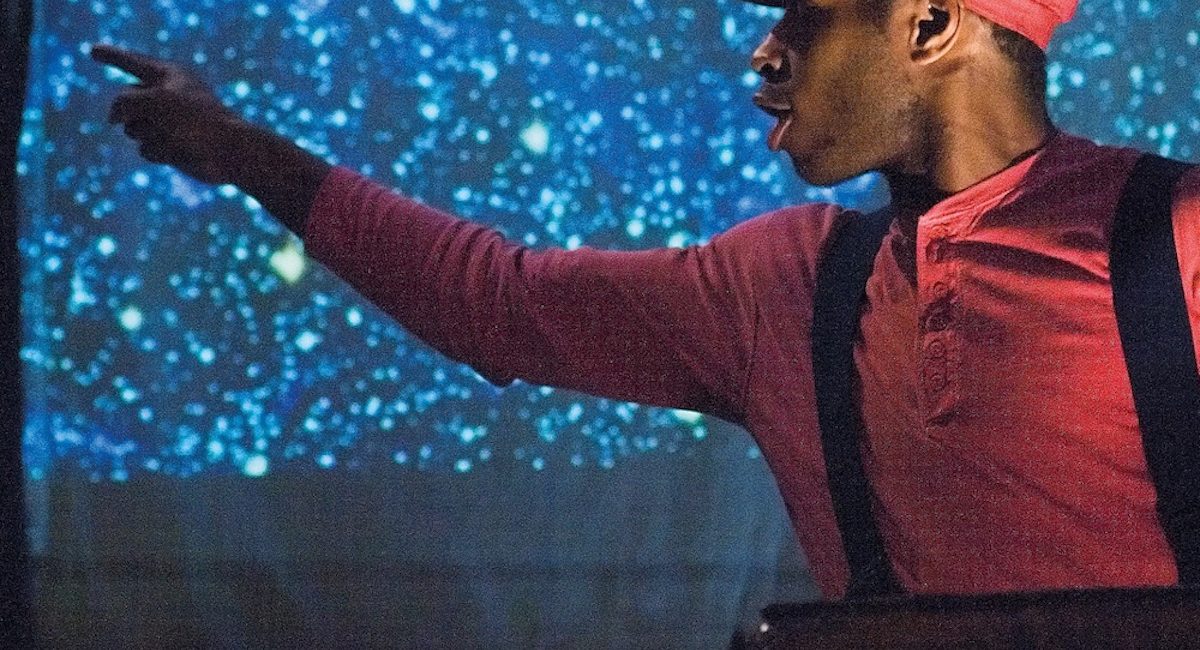I recently served as a dramaturg for University of Texas at Austin’s production of Esperanza Rising. How to respectfully and responsibly produce this culturally specific piece of TYA remained a question in the creative team’s mind during the entire rehearsal process.
The casting process paid particular attention to the cultures represented in the play and character’s ethnic identities dictated by the script. UT’s production of Esperanza Rising included a mix-raced cast with appropriate bodies portraying the characters onstage. As indicated by the script, the majority of the cast consisted of Latino and Latina actors. For some of the students involved, this production served as their first opportunity to depict a character of their own ethnic background onstage.
During the read-through everyone sat in their chairs and followed along in their scripts politely. But during the break conversations about actors’ own Mexican-American families, the current issues of immigration in Texas, and the language in the bilingual play bubbled up. It became clear that after the first read-through, we needed to include a structured outlet for this rich conversation in the rehearsal room. The actors collectively possessed more knowledge about the experience of the individuals they would be portraying onstage than I could research during a four-week rehearsal process.
The next evening during table-work the cast shared their family’s stories and dialoged about topics brought to life in the play. The room shifted. We began examining the real struggles and success of Mexican immigrants in the 1930’s and the play’s relevance to young people today. As a group we dialogued about tensions around education, work, and family structures that exist off-stage in the actor’s lives. As a dramaturg, my role became connecting the stories brought in the room to the characters and events in the play.

The process I facilitated as a dramaturg during table-work translated into an open dialogue that carried through the rest of the rehearsal process. Together the actors, dramaturgy team, and directing team shaped the production in order to portray the characters as accurately as possible. We created visual dramaturgy boards with photos of real events and real people, offering the cast opportunities to add their own research or family photos to the boards. We used personal experiences and stories as a way to empathize and relate to the characters in the play. The cast, including Caucasian and Latino/a actors, came together to understand the unique experience of Mexican immigrants in the 1930’s and find relevancy in the story today. More importantly, we came together as theatre makers to learn from one another.
This process highlights the importance of dialogue in the rehearsal room. Engaging in respectful dialogue allowed us to begin the hard conversations about representation and responsibility. Critical inquiry and dialogic meaning-making leads to action in the rehearsal room through the creation of intentional and specific choices made throughout the process. Intentionality carried over into the school programming and community engagement events. This reframing asked us to consider who holds power and knowledge in the room when producing a culturally specific piece of theatre.
Producing any piece of TYA comes with challenges. Those challenges are multiplied when producing a culturally specific piece for young people. Through an open dialogue about representation on stage we begin to unpack how to responsibly portray characters and embody the stories of a culture in the theatre.



